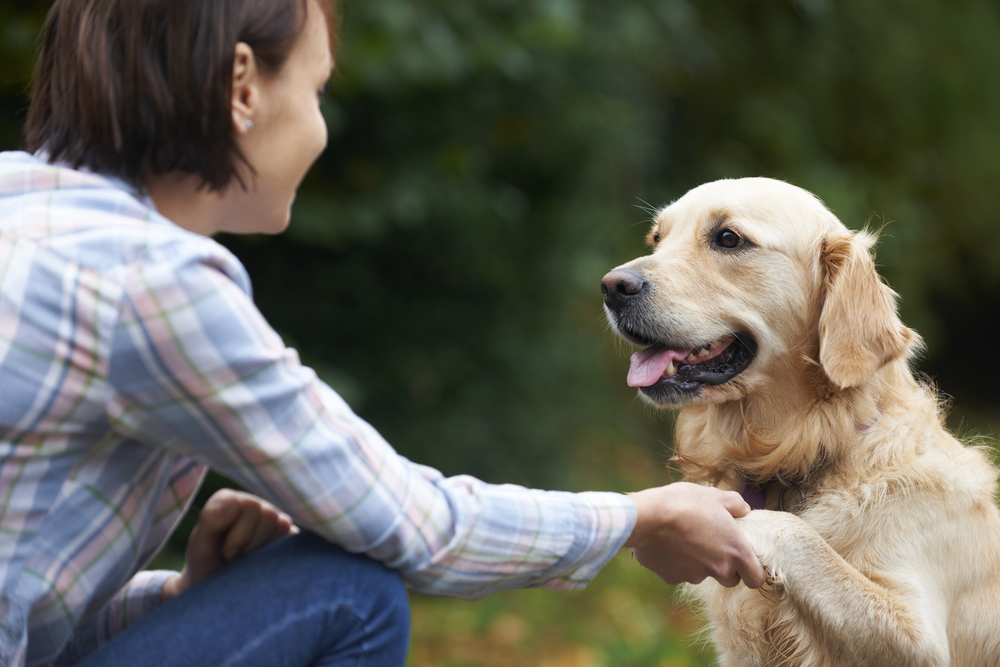
Dogs might not speak our language, but we feel like we always know what our dogs are thinking. However, there are so many more individual ways our dogs communicate through body language, facial expressions, sounds, and behavior. Understanding their signals not only strengthens our bond but also helps us respond to their needs more effectively.
Body Language Speaks Volumes
One of the most common ways dogs communicate is through body language. A wagging tail might seem like a universal sign of happiness, but it’s more nuanced. A slow wag or one held low could signal insecurity or uncertainty, while a high, fast wag usually means excitement. Ears, posture, and overall movement give more clues—an upright posture with ears forward could mean alertness or confidence, while a crouched position might signal fear or submission.
Facial Expressions
Just like humans, dogs express emotions through their faces. Soft eyes and a relaxed mouth typically indicate a calm, happy dog. Raised eyebrows or a tilted head might mean curiosity or a desire to understand. A tight mouth, wide eyes, or showing the whites of the eyes (known as “whale eye”) could be signs of stress or discomfort. While some dogs take eye contact as a sign of love and trust, if your dog has come from a tougher background, they may take that as a sign of aggression so just be aware of your individual dog’s needs!
Vocal Cues and Sounds
Barks, whines, growls, and howls all serve different purposes. A high-pitched bark might express excitement or a desire to play, while a low growl can be a warning. Whining often means a dog is anxious, in pain, or wants attention. Panting and yawning are usually signs of anxiety in dogs.
Behavioral Clues
Sometimes, dogs use repeated behaviors to communicate. Bringing you a toy can mean they want to play. Pawing at you might be a request for attention or food. Even changes in behavior—like hiding, being unusually quiet, or becoming more clingy—can be ways they’re trying to tell you something is wrong.

The most important thing to remember is that these are just some of the ways your dog communicates with you, and you have to consider your dog’s temperament and background to get the full picture. Understanding dog communication deepens our relationship with them, making us better companions and caretakers. After all, love doesn’t need words!


